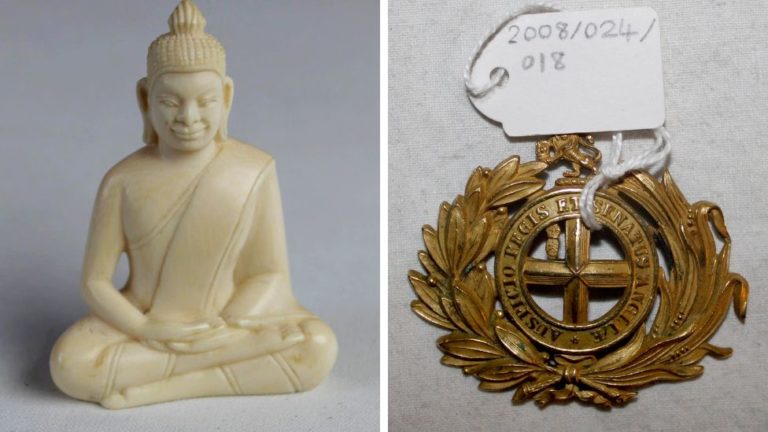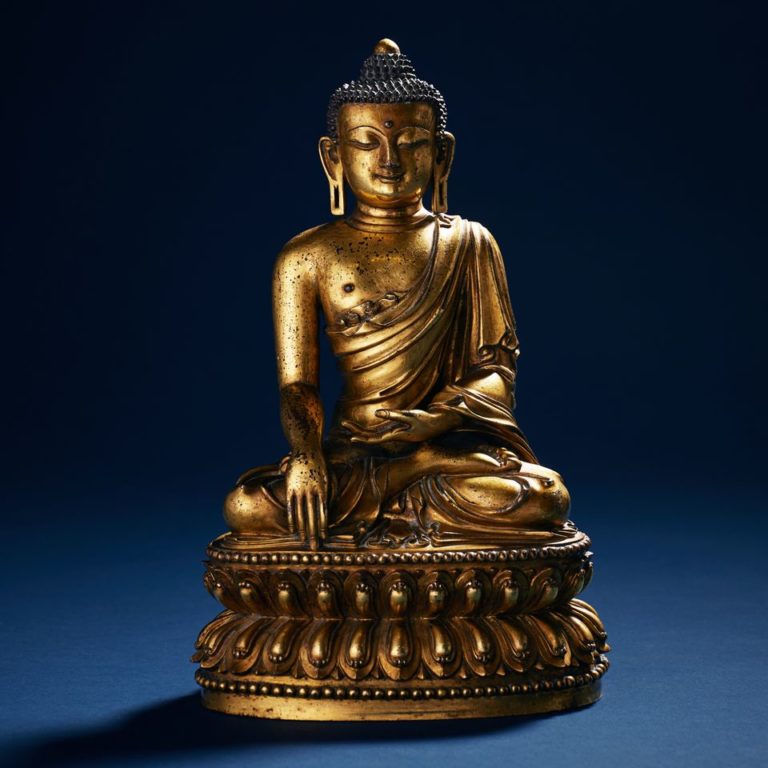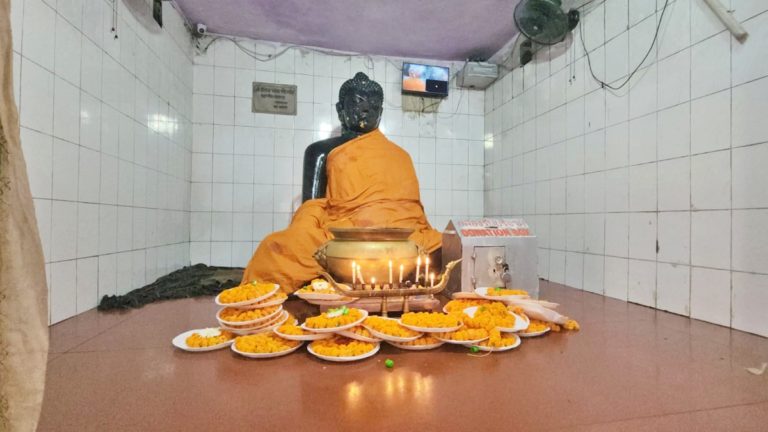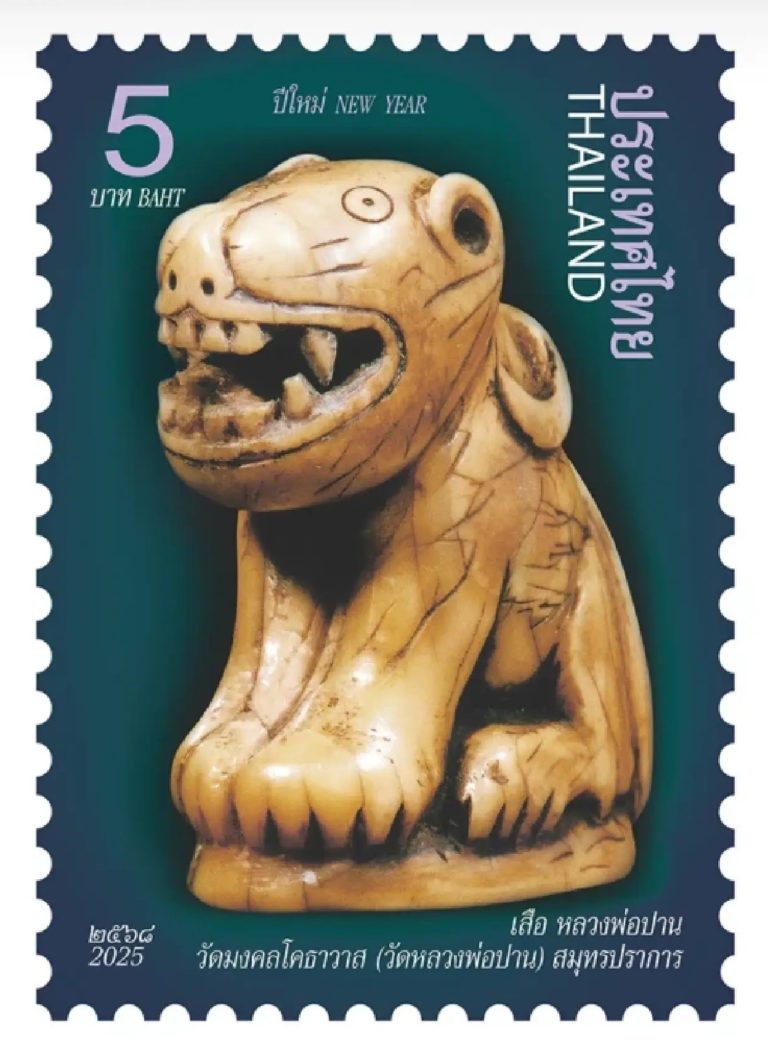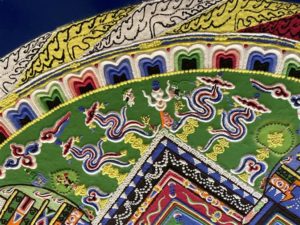
Mandala, lit. ‘circle’, is a geometric configuration of symbols. In various spiritual traditions, mandalas may be employed for focusing attention of practitioners and adepts, as a spiritual guidance tool, for establishing a sacred space and as an aid to meditation and trance induction… A mandala generally represents a spiritual journey, starting from outside to the inner core, through layers.
— Dictionary meaning
I sketched every morning in a notebook a small circular drawing, […] which seemed to correspond to my inner situation at the time. […] Only gradually did I discover what the mandala really is: […] the Self, the wholeness of the personality, which if all goes well is harmonious.
— Carl Jung, Memories, Dreams, Reflections
As one entered the Co-veda school — that ‘glad you were here’, ‘come again’, kind of place, right in the heart of our town — one saw them in an isolated room: four Tibetan lamas, clad in their ample looking, deep maroon-coloured robes, hunched over a square chauki-like low table, each occupying one cardinal point, gently tipping powdered pigments on to a nearly finished, richly coloured, mysterious looking diagram. They were here, at the invitation of the group that runs the Co-veda school, having come from a monastery close to Mysore in the southern part of our land, to make a sand-mandala: an auspicious object dedicated to, and inspired by, the Bheshaja Buddha — Medicine Buddha, so to speak — for invoking blessings and auspicious thoughts upon those who came to see it. They had been at it for a little short of a week, and the diagram was close to being finished, but some things remained. A young, very young boy, apparently enrolled in the school, had stationed himself in one corner, kneeling but raising himself from time to time, to watch each move. There was silence all around: no one was talking; if there was any chanting, it must have been under the breath; every visitor naturally fell into the silence mode seeing the overpowering sense of something sacred, something beyond our understanding, in progress. One simply found a corner and sank into it, watching, quiet ‘like a church mouse’. Not once did any of the four lamas look up.

Seekers and lamas.
I had seen a finished sand-mandala, years ago, in the Crow Collection of Asian Art in Texas at Dallas, but here now was an opportunity to learn something from the lamas directly by talking to them if they could spare the time the next day. They did, and I learnt things that I had very little awareness of. There are mandalas after sand-mandalas that can be made, I learnt for instance, each somewhat different from the others. This here, at Co-veda, was a Bheshaja mandala; but out there are others virtually without number. There could thus be mandalas invoking any of the five great Buddhas: Vairochana, or Akshobhya, or Ratnasambhava, or Amitabha, or Amoghasiddhi. There could be one devoted to White Tara, another to Green Tara, yet another to Kalachakra, and so on. Each deity has a colour, a dhyana, a yantra of his or her own, and strict rules need to be observed while invoking them. What dictates the choice, then, I asked the chief among the lamas, a wonderfully gentle and patient soul. Bheshaja was drawn up and made here, I learnt, keeping the physical well-being of those who had commissioned it, and of so many others. As I kept plying questions, nothing was held back, I noticed, nor did any of my preconceptions go unchallenged. It is all abstract, all geometrical, I remarked, is it not? No, was the answer, for while everything did look like that at first sight, if one looked with care there were tiny figures also lurking in the maze of colours and shapes: a tiny horse or elephant, for instance, vehicles for the gods. If one strained one’s eyes long enough, one could see them. Are all the pigments being used from natural sources: vegetable or mineral? No; that used to be the case once, but those pigments are getting increasingly difficult to access. “We have to therefore rely on chemical colours,” I was told, such as those used in posters. I was a bit disappointed, I admit, but there it was: a fact stated as fact. What I found utterly fascinating was the process used in colouring. Everything was dry, of course, and pigments lay there in the form of shapes made up of small layers. Each of the artists — and there is no other way of referring to them — had a funnel-like tube, broad at one end and tapering down to a very small hole at the other. The tube was ‘charged’ with dry colour and the surface of the metal tube, which had fine rings on it in a section, was slowly tapped, or scraped, with the bone handle of some knife leading to the dry powder emerging from the tiny hole and then being manipulated to form, bit by powdery bit, a line, a curve, a shape. The discipline was astonishing, for the scraping had to be very regular, breath-controlled, and rhythmic, and what poured out from the tube had to be rigidly controlled, all error being ruled out. Slowly, before your eyes, things began to take shape: curlicues of what we call Chinese clouds, a many-petalled flower, a pot — poorna kumbha — with sacred leaves neatly arranged in its opening.
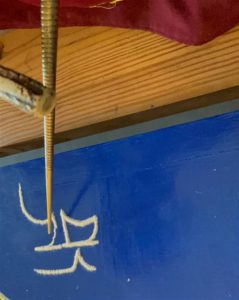
A mantra taking shape with white sand
What I confirmed for myself, however, was quite wonderful and, as the head lama said, ‘uplifting’. The sand-mandala, at the end of it all, is ‘wound up’. The entire image is slowly but respectfully swept, one powdered pigment mixing with another, till it all turns into a heap of coloured sand, ready to be taken in a colourful procession for being consigned to running water: like that in Ropar, close to Chandigarh. Why is a question I did not ask, or dare to ask. For, in my mind, I was able to link this extraordinary, deeply moving tradition of emphasising the impermanence of things — ‘nothing is forever’ — with other practices across our land: the immersion in Maharashtra of the Ganpati images in waters after a long and raucous festival; the consignment in Bengal of Durga images in waters again; the sweeping with feet and thus destruction of the enormous coloured yantras that are made on streets during Theyyam in Kerala.
Creation. Destruction. Re-creation.
Na fana’a meri, na baqa’a meri, as the poet said. Neither is annihilation mine, nor is eternity.

